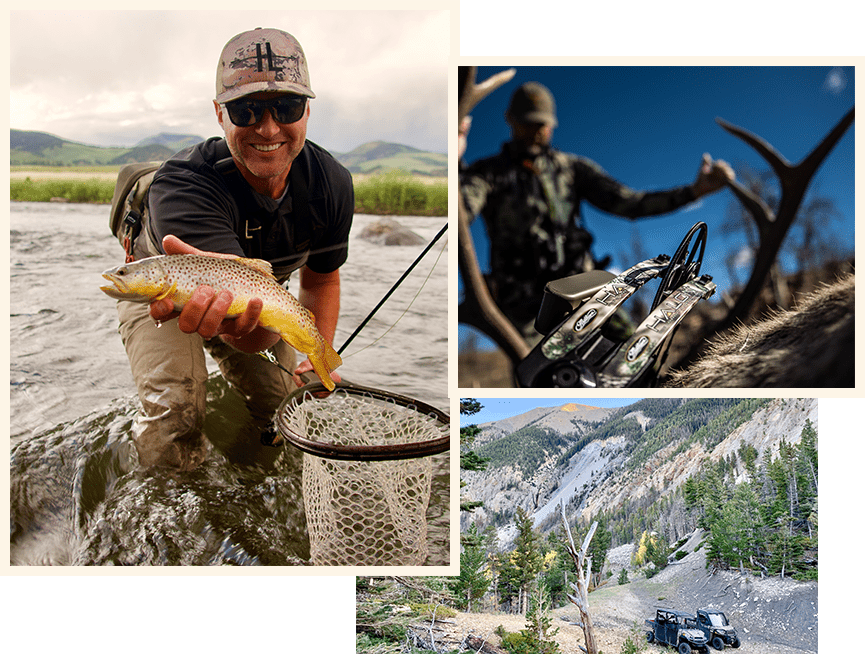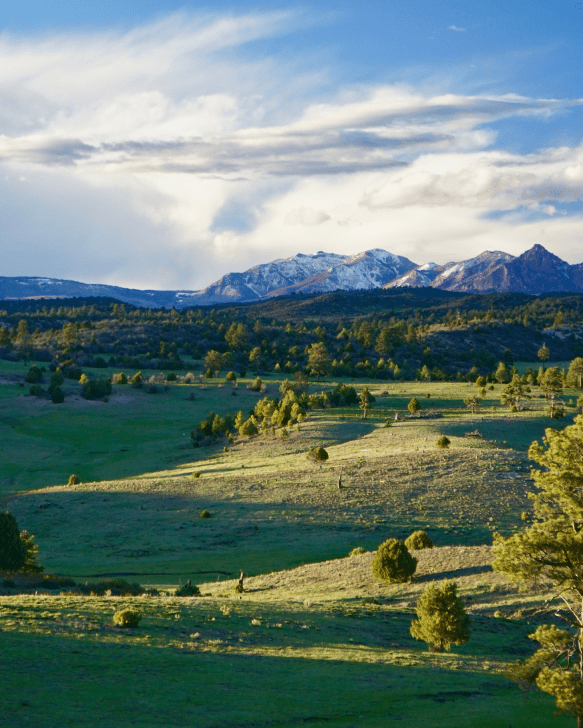As you might imagine, the most important winter care tips for horses boil down to food, shelter, water, and blanketing. If you own one or two horses, wintertime may only add a couple of things to your to-do list. But if you raise horses or board horses, plan to keep meticulous notes for each horse. Regular monitoring of the welfare and condition of horses year round helps you make the best decisions during the winter months.
All horses are in different conditions, so each horse needs individual care. The horse’s health, breed, size, age, stage of life, lifestyle, and body coat demand it. Mix in the outside factors–like if the horse is used to wintering in a cold climate–and you’ve got more variables to add to the horse’s winter care.
Big Tip – Know Health Status of Your Horses
So, it’s imperative to be on top of the health and welfare of each one of your horses. Keep records of all veterinary and dental care as well as farrier records. Record the dates of any issues to help find chronic problems.
You’ve got to know the health status of each horse, pony, or donkey. Records should include weight and body condition scores so you can adjust food, water, and warmth. For example, if a horse is overweight, you might slow down its access to forage. When you have a baseline for each horse, you’ll be better able to judge the effects of winter. And you’ll be better equipped to stave off winter illnesses and poor conditions.
Basic Winter Care Tips
Now let’s go back to the basics. How can we best care for our horses during the winter? Horse owners and caretakers must pay special attention to these four essentials. You’ll need to ease in and out of the winter routines. Horses don’t like abrupt changes.
Here are the four basic tips right from the horse’s mouth:
1. Allow More Feed
As a rule of thumb, the lower critical temperature for a horse is 18 degrees Fahrenheit. However, pregnant and younger horses reach that critical temperature at 40 degrees Fahrenheit.
Food creates heat through the digestion process. Most equestrian caretakers use the free choice hay method. They allow their horses to forage grass, hay, or haylage to contentment if it’s cold outside.
Nothing is static. For every 10 degree temperature drop beyond the critical temperature, your horses will need 15-20 percent more feed. The extra energy helps keep the horses’ body temperatures up. And watch for snow cover. You may need to throw out bales of hay when snow covers the pastures.
Struggling horses may need more of a supplement. Older horses who may not thoroughly chew hay and could need extra special treatment. Purina Senior horse feed is one easily digestible possibility.
2. Shelter Horses from Wind and Rain
Horses need places to go to get out of the wind and wet rain. Snow acts as an insulation, interestingly, but the cold and wet weather can make a horse susceptible to illness. Horses on large pastures need easily accessible windbreaks and may at times use trees. But horses can get chilled and then shiver. To check for hypothermic conditions, feel the neck, withers, and body, not the legs and extremities.
If no shelter is readily available, then proper blanketing may be necessary. (By the way, donkeys need fully waterproof shelters such as a lean-to with at least three sides.) Staying inside a stable is not a great solution to the cold because the animal can’t move.
Keep stables clean and dry for the horses. Also protect them from dangers. For example, sand the icy spots outside on the ground, in the arena or barn. To ward off mud fever, put straw over muddy areas.
3. Make Available Clean 40-45 Degree Water
Fresh clean water is essential for a horse’s survival. When the temperatures are low, water will freeze and needs to be checked several times a day. Simply add warm water and remove the ice. You do not want your animals to get dehydrated and susceptible to impaction colic.
Alternatively, make it easy on yourself and get a heater to place in your water source. The heater will keep the water at a consistent temperature of at least 40 degrees. If possible, raise the temperature of the water to 45 degrees to encourage horses to drink more.
4. Know When and How to Blanket Horses
Equestrian experts have been known to disagree on the use of blankets or rugs. Horses with thick winter coats might do fine without blankets. However, thin horses usually need blankets. In Colorado and the Rocky Mountains, horses, pregnant horses, older horses, and horses with short hair may need blankets, too.
During intense cold spells, properly fit and installed blankets can make all the difference in any horse’s well-being. But blankets have been known to rub. When they get wet and uncomfortable, a horse may try to shift them. A hood placed over the mane under the blanket can alleviate any aggravation.
Keep the blankets on throughout the cold season so the horses are acclimated to them. Wet blankets must be changed, however. Watch for discomfort or weight gain. The blanket must be the correct weight and fit the length of the horse properly. You’ll need an alternate blanket for each horse to keep it clean and dry.
Wrapping It Up
Wintertime brings new challenges for equine facilities. During cold weather, horses need drinkable water, more food, shelter, and maybe blanketing. Ease into winter care routines during the fall and then gradually decrease the feed and remove the blankets, if necessary. Continue to watch the condition of each horse and respond to the needs as the mercury rises.
Horse Properties for Sale – Rocky Mountain Ranches
Call Harrigan Land Company in Colorado at (303) 908-1101 for information about Rocky Mountain ranches and horse properties for sale.


